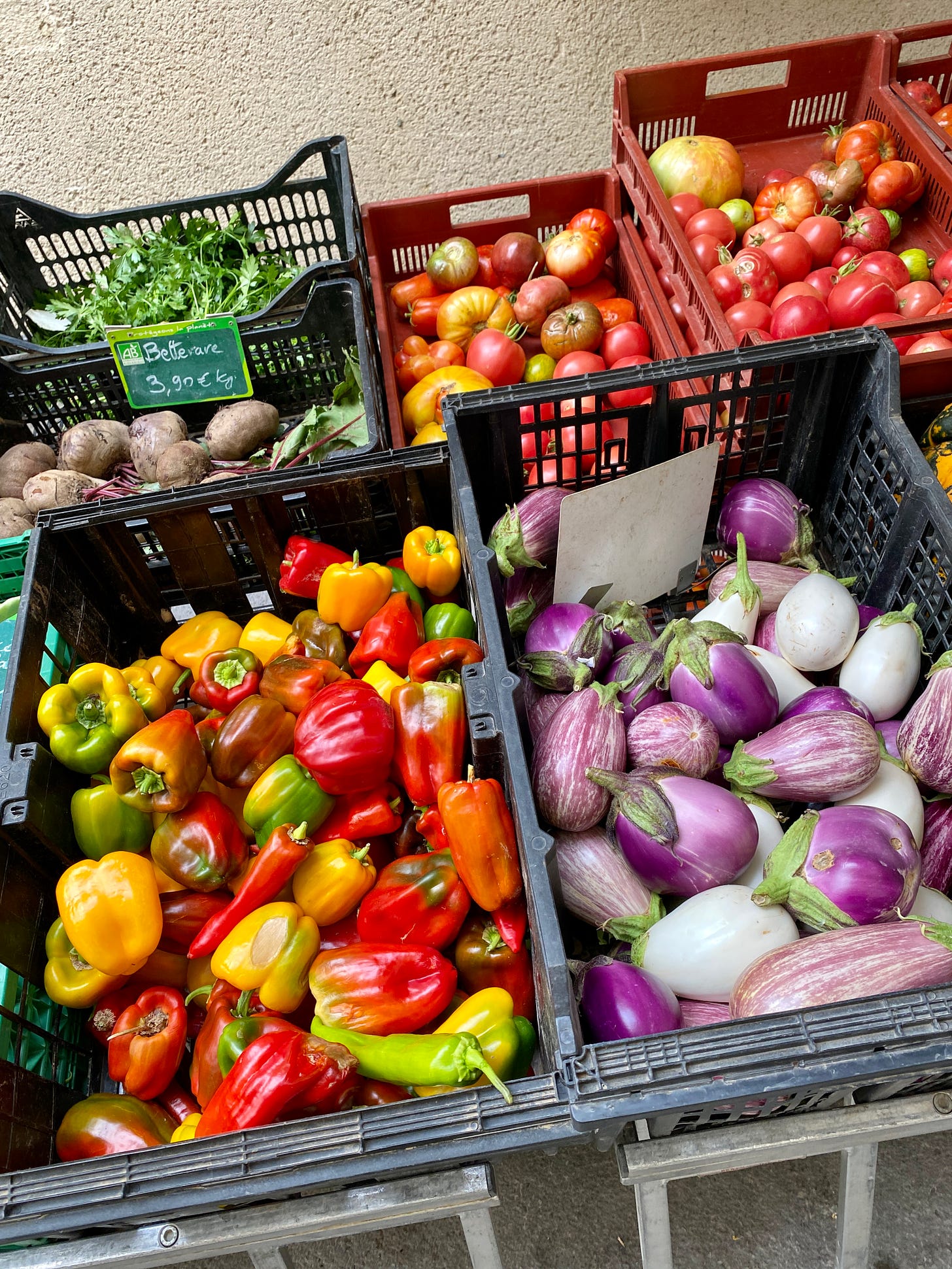
The rentrée is a big deal in France. It’s the “reentry,” tied to the start of the school year when everyone returns from their summer vacations. Frankly, it gives me PTSD from the back-to-school periods when I was a kid and meant that we could no longer run around the woods or go swimming in the neighborhood pool or stop at the corn stand with my mom and grab a dozen ears of sweet corn for dinner that night, eaten with squares of butter speared on a fork that were dragged back and forth on the cobs so it saturated the kernels and seeped into the crevasses between them. With crunchy bits of salt, it was the perfect accompaniment to the baked-stuffed Maine lobsters that my mother preferred over steamed ones.
In America, back-to-school nowadays seems like a time for merchants to sell more stuff. In France, the rentrée is a major cultural moment that the whole country “experiences” at the same time. It’s a collective event, like strikes and complaining, that brings people together. (Especially some parents, who are relieved to unload the kids back at school after spending the whole summer with them.) It’s also when new social reforms kick in, political parties work on their strategies for the coming year, métro ticket prices rise, tax bills arrive, and there’s a surge in gym memberships as people make resolutions for the “new” year.
It’s hard to overstate the importance of the summer vacation in France, but it’s so important that some people I know are already making plans for their next summer’s vacation…even though it’s only September. My goal is to be that organized.

This summer I took (or tried to take) a hard-stop approach to going on vacation, à la française, and built some boundaries by not checking emails, social media, DMs, or anything else. In one news report I saw about the rentrée, a woman said she had been logged off for so long that she forgot the password for her computer when she came back this fall.
Because I was born to share, which is why I became a baker, I posted pics here and there on Instagram, like the runny Brie above that I couldn’t resist posting (yes, even the cheese had trouble having boundaries…), but my vacation did go a bit meta when I started getting messages from people asking what they should do on their vacations…while I, myself, was on vacation.
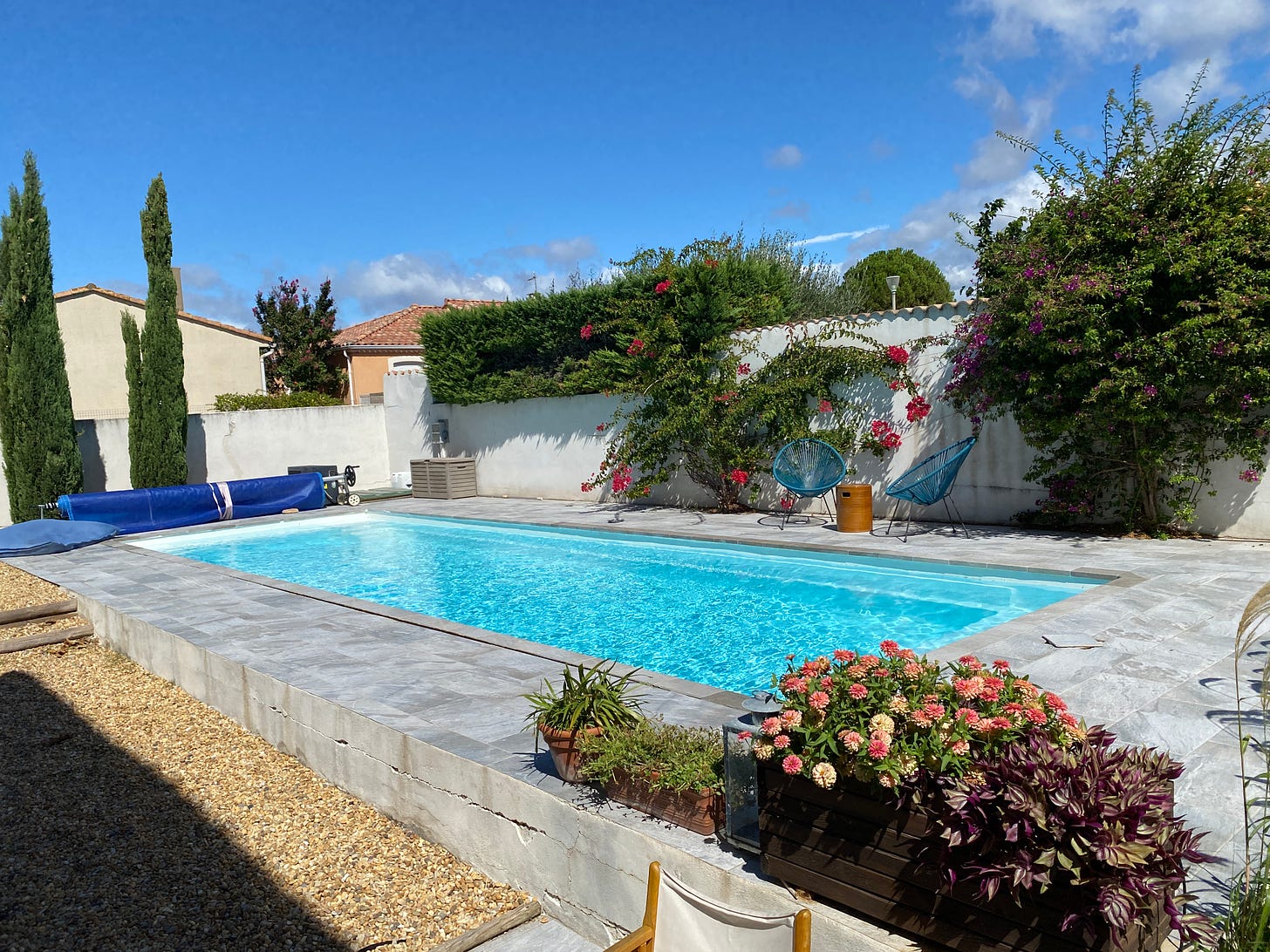
My resolution for next year is to be like the woman we ran into at a bike shop in Paris in mid-August, who was very frazzled because she had just come back from two months of vacation and let everyone around her know how difficult it was for her to adjust to being back after being away for so long. The people working in the shop didn’t seem too sympathetic to her plight, but I’ll admit that I was jealous, and that’s my own resolution for next year. (I’m skipping on signing up for the gym, though.)
In the meantime, I was happy we were able to take some time away to get some sun, jump in the ocean, visit a few markets, and, best of all, eat well.
Here’s a recap…
Jerusalem and Tel Aviv
When Reem Kassis wrote to me, letting me know that she was visiting her family in Jerusalem — and suggested we come visit — I found some last-minute tickets and told Romain we were going. Reem is the author of The Palestinian Kitchen and The Arabesque Table, and ever since we met, she has given me an open invitation to come to her house in Philadelphia to have dinner with her family.
Nothing against Philadelphia — but I couldn’t refuse dinner at her parents’ home in Jerusalem, where her mother, Nisreen, was going to cook for us.
Jerusalem is disjointed, divided by cultures and religions; the map above shows various barriers and checkpoints in part of the city. The conflicts regularly make the news, but they’re hard to ignore when you’re actually there, and one side of the street is clean and modern and the other is strewn with debris and surrounded by fences. A friend who was born there, who now lives in the States, wrote to me and said about Jerusalem, “I love it, and I hate it.”
Reem offered to take Romain and me to the market in the Old City shortly after we arrived, which was fascinating to do with her. Once we made it through the Damascus Gate, she wound us through the frenetic streets and passages, homing in on exactly where she wanted to go.
My favorite was the old stone mill of a man who grinds sesame seeds into tahini (including one ground with toasted onion seeds) and a bakery where people were crowded around the stone ovens, impatiently waiting for sesame-crusted ka’ak al quds, also known as Jerusalem bagels, to come out.
[Reem shared her favorite addresses in the Old City in a New York Times article here.]
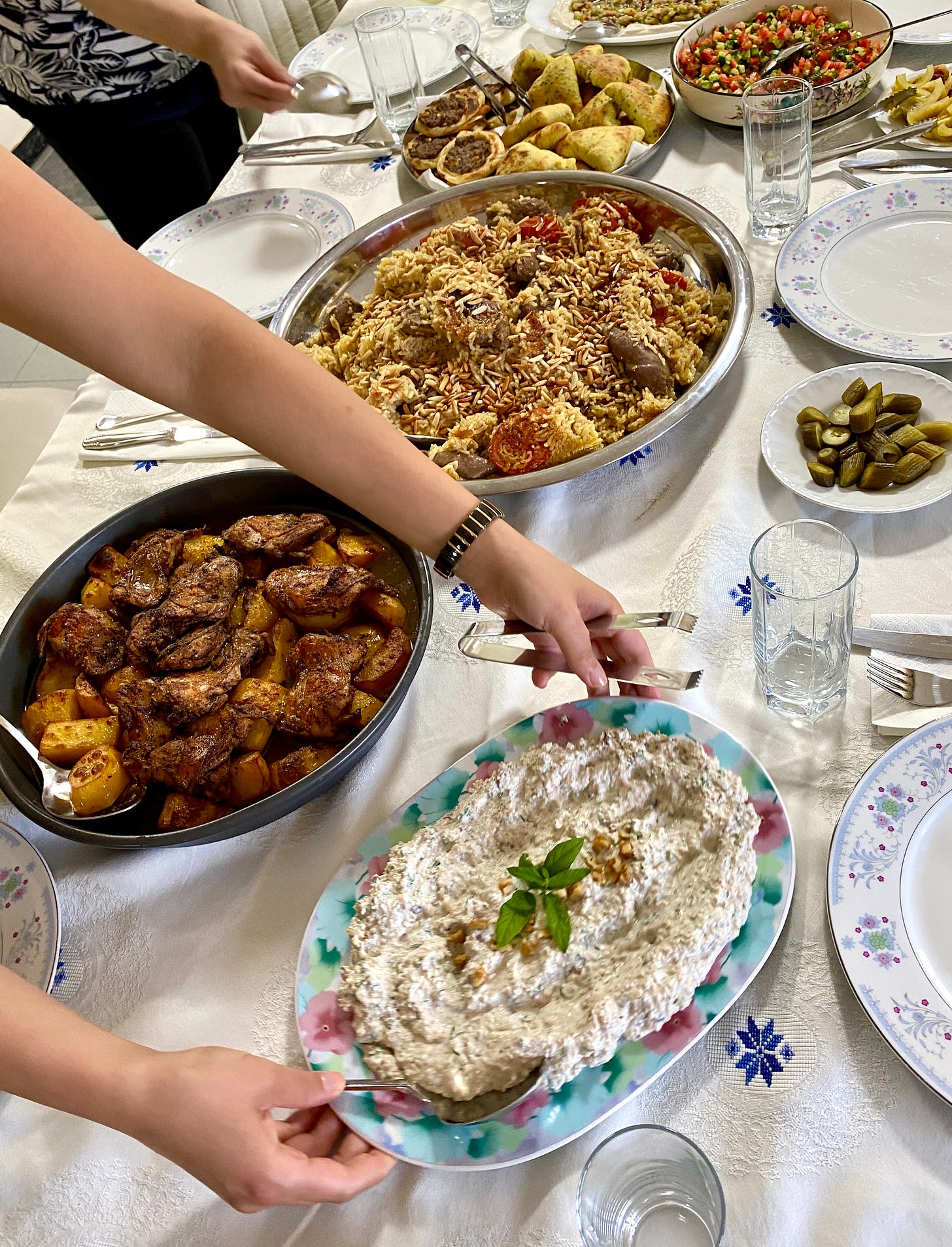
Palestinian cuisine is highly regarded as some of the best in the Middle East, and that afternoon was my favorite day — and meal — of our entire trip, when her mother, Nisreen, made a lunch for us that included a wonderous Maqlubah, which someday I’ll tackle at home.
Another day, I took a tour with Izzeldin Aziz Bukhari of Sacred Cuisine to get another view of the Old City and its food.

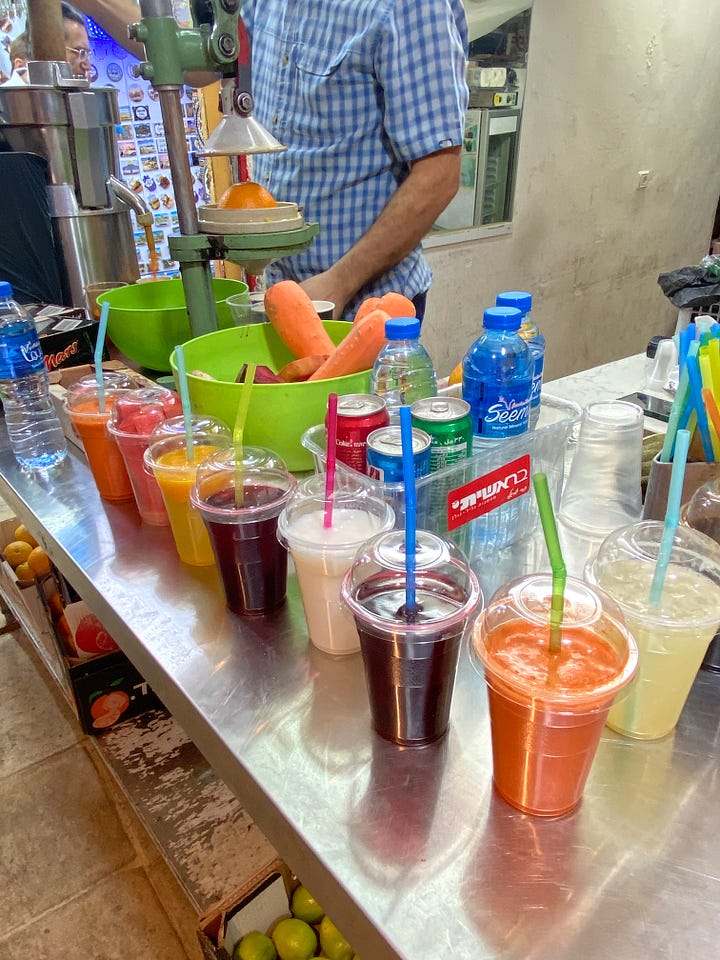
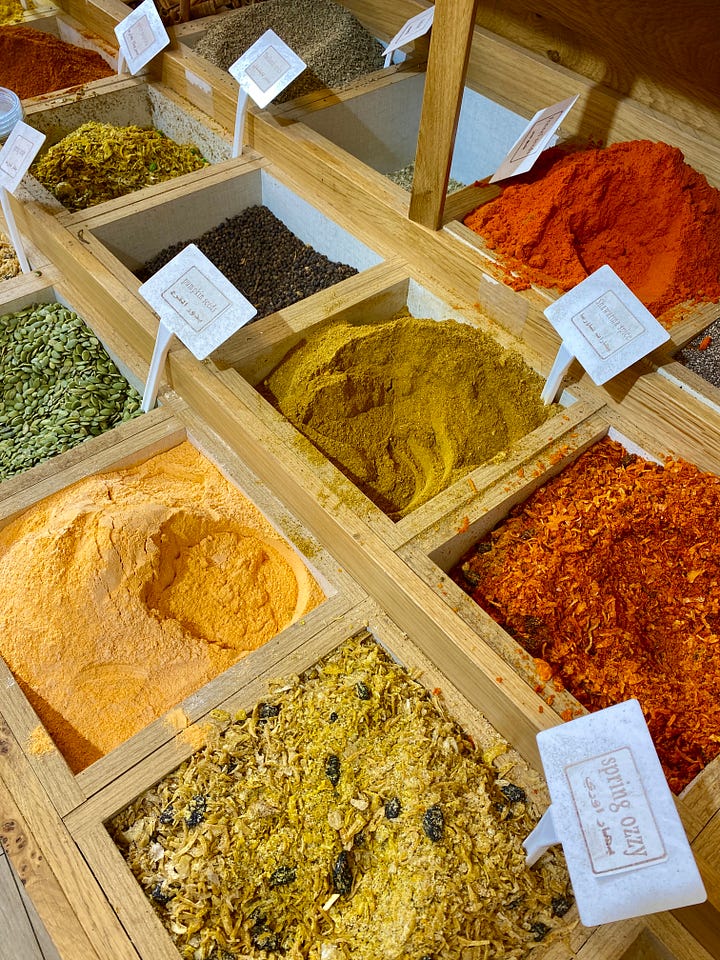
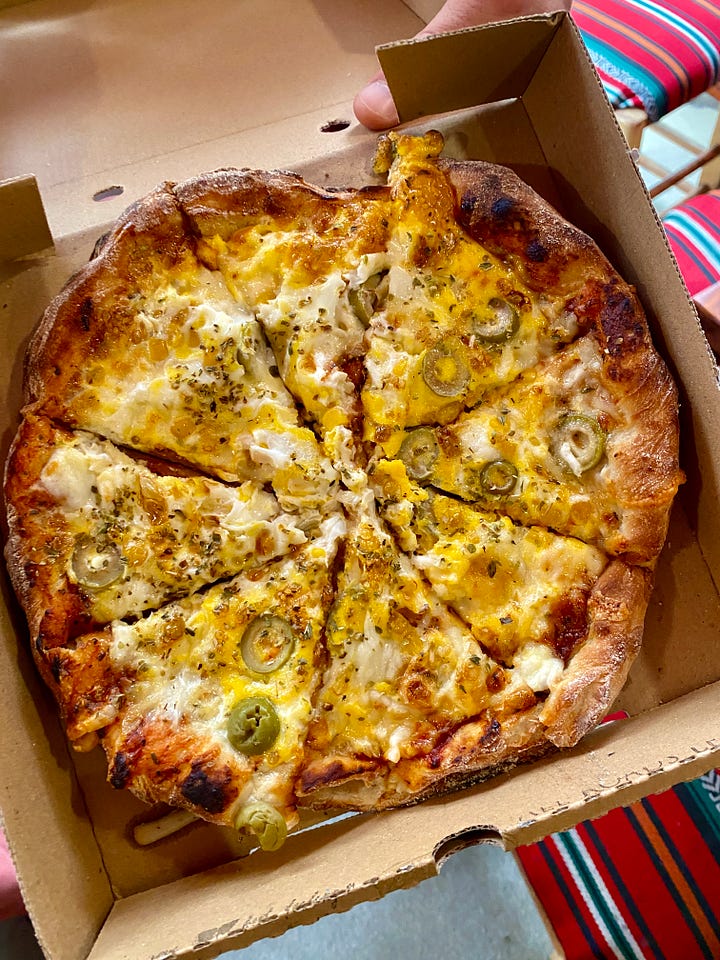
He’s a good guide who also teaches cooking classes, and I bought some tahini at a different place than I went to with Reem. He took our small group to a very tasty hummusiya, a hummus shop, as well as an Arabic coffee shop. Izzeldin lives within the walls of the Old City and knows most of the vendors personally. I never caught the name of the pizza-like flatbread that we had (on the bottom right), but I did come home with a lot of tahini.

The heat was pretty brutal mid-day, so I was happy that I booked us at a hotel with a pool, which I also did in Tel Aviv, where we headed after a few days in Jerusalem. When our taxi driver from the train station in Tel Aviv dropped us off at the hotel, he said he approved and liked the neighborhood too. “This is a very good neighborhood. The scale is very human,” he told me. In Israel, people are very opinionated (although cab drivers are in their own special category), but I agreed, especially when we plunged into the rooftop pool to escape the heat.
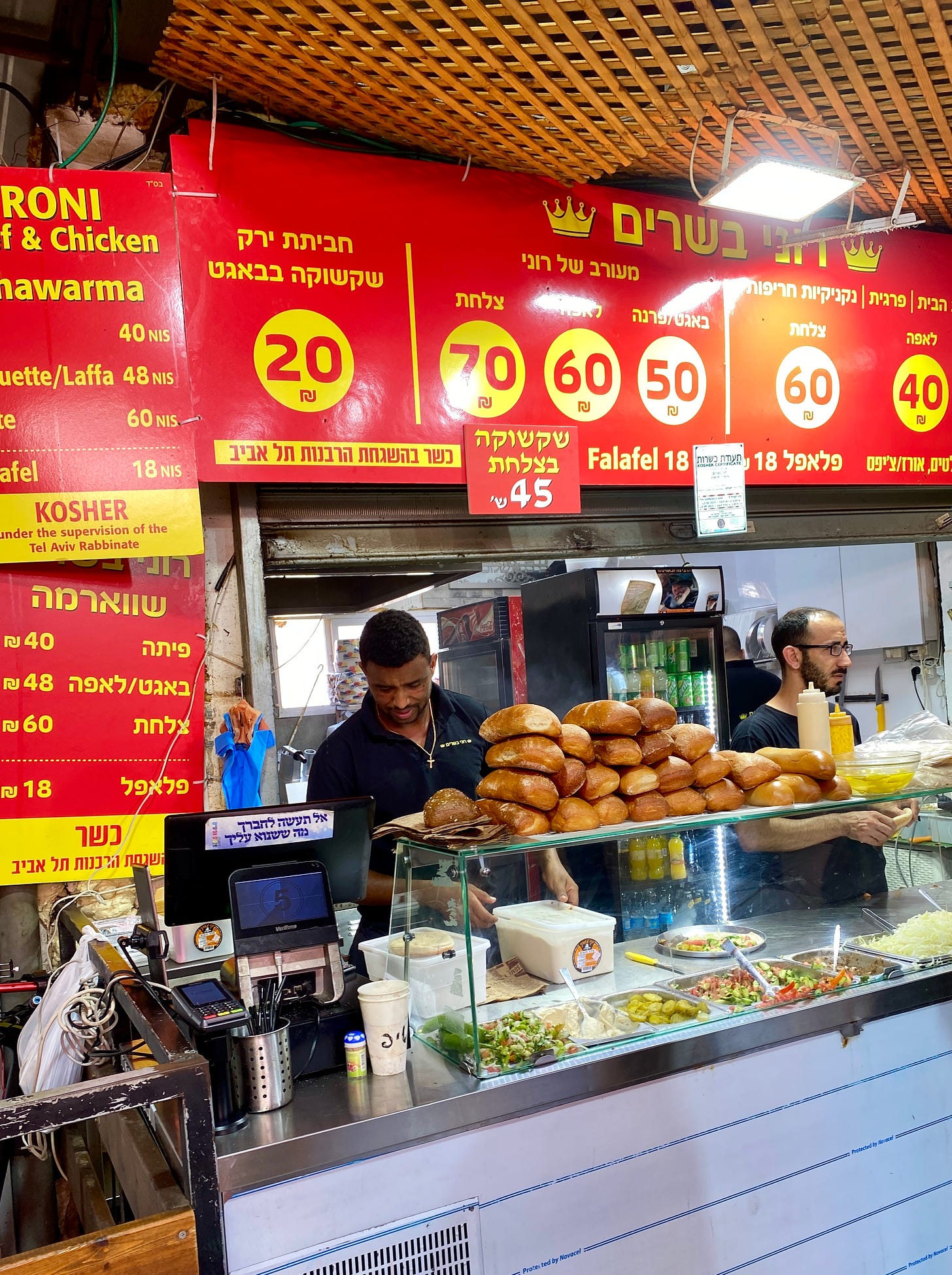
In contrast to the historic weight of Jerusalem, Tel Aviv is a modern city that expands along a lengthy coastline. For some reason, people don’t mention it in the same breath as other cities, but I am going to call it: It’s one of the best food cities in the world — if not the best.
I mean, just look at that warm hummus topped with almonds, tender chunks of warm beef, below topped with crispy toasted almonds, and showered with fresh herbs at Al Kalha. When I dug in, repeatedly, without using the bread that was served alongside, my Israeli/food writer friend Amit said, “That’s a really good sign, David. You’re just eating the hummus and not the bread.”
There’s a young energy in Tel Aviv restaurants, and menus touch on the variety of cultures and countries of the people who have settled in the country. It’s referred to as “Israeli cuisine,” which reflects that mix but also draws complaints since most of the foods come from other cultures. Everywhere we ate, dishes were usually accompanied by a description of where they originated, which is sometimes open to interpretation. As in other countries, a younger generation is interested in moving things forward. A cookbook author who’s Palestinian once said to me, “I don’t want to talk about our grandmothers’ cooking anymore.”
America has adopted pizza, hamburgers, hot dogs, ice cream, and macaroni and cheese as our own, generally not mentioning their roots, but I’ve noticed chefs and cooks in Tel Aviv acknowledging where food is from, although it’s a challenge (and a debate) to determine exactly who came up with what. Authenticity is a great starting-off point, but needn’t be shackles. Food moves forward, and as Gaston Lênotre said, “You can change anything, as long as you make it better,” which is what the cooks are doing in Tel Aviv. I’ve had some of the best meals of my life here.
We spent a week in the country, which was just enough time to see the two cities, but we’d like to go back during cooler months to explore other regions. Romain was dead set on seeing the Dead Sea, even though everyone warned us that it was so hot in August that you couldn’t walk on the sand, and most of the water was evaporated. That, coupled with the ten-hour trip if we took an organized excursion (since I didn’t want to drive), made me able to talk him out of it, only with the promise of returning.
[I’m going to be sharing favorite addresses in Jerusalem and Tel Aviv in a future newsletter.]
Burgundy
We were fortunate to visit Burgundy twice this summer. The first time was to visit my friend Mat, a distiller in Beaune, who suggested we come for the 100th anniversary of Mercurey wine. The second time, we went to another region of Burgundy to see our French friends, a family of six, who’ve lived in Asia most of their lives but return every summer and invite us to join them.
It’s a 2- to 3-hour drive from Paris, so is do-able for a few days. However, we take our time getting down there, stopping at one of the wooded rest stops on the French autoroute where we (and others) unpack a picnic. Some people have sandwiches from a bakery, others have pre-prepared stuff from the supermarket, and others pack a few things from home, like us.
We tend to overdo it and bring ham or pâté, a tin of sardines, roasted vegetables, good bread, a few kinds of cheese, plain yogurt, fruit, and wine or juice. I also made a broccoli slaw, which was new to Romain (based on Deb’s recipe), and he marveled at how good raw broccoli tasted, a vegetable that’s not normally served raw in France. Of course, bathed in a mayonnaise/buttermilk dressing…what’s not to like?

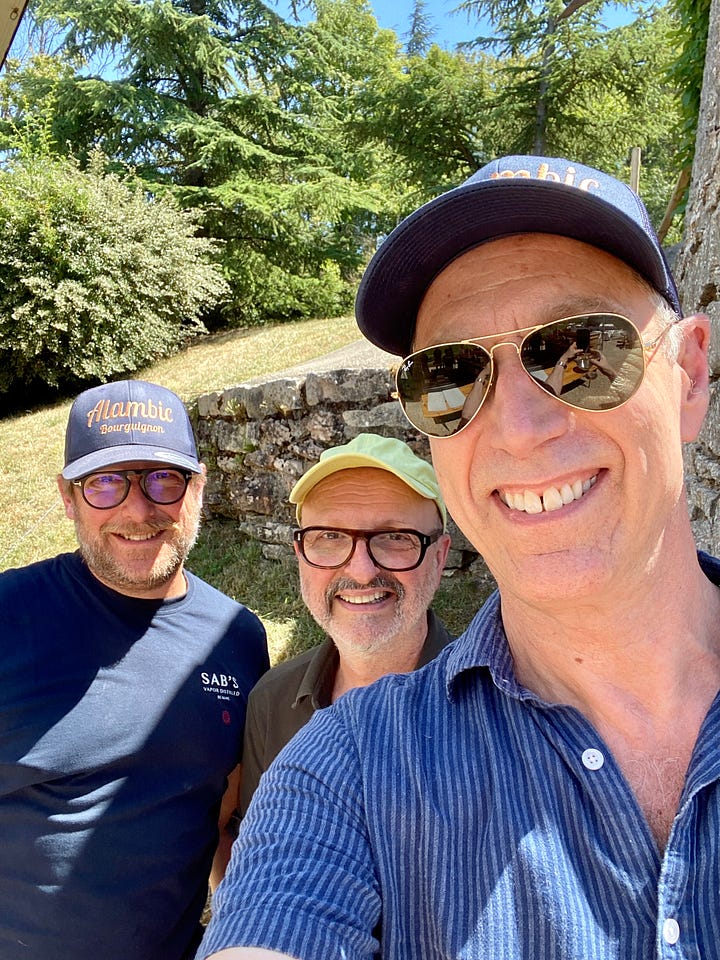
We hung out with Mat at the festival, where he served local favorites: garlic sausage and pork belly, cooked using the heat of his alembic still. He’s a bouilleur de cru, a traveling distiller, who parks his truck in villages and distills grapes, gentian roots, and other fruits for the locals. I met him when I was writing Drinking French, and I have to say, it’s nice to have a pal in the liquor business, because if you’re going to eat well, you may as well drink well, too.
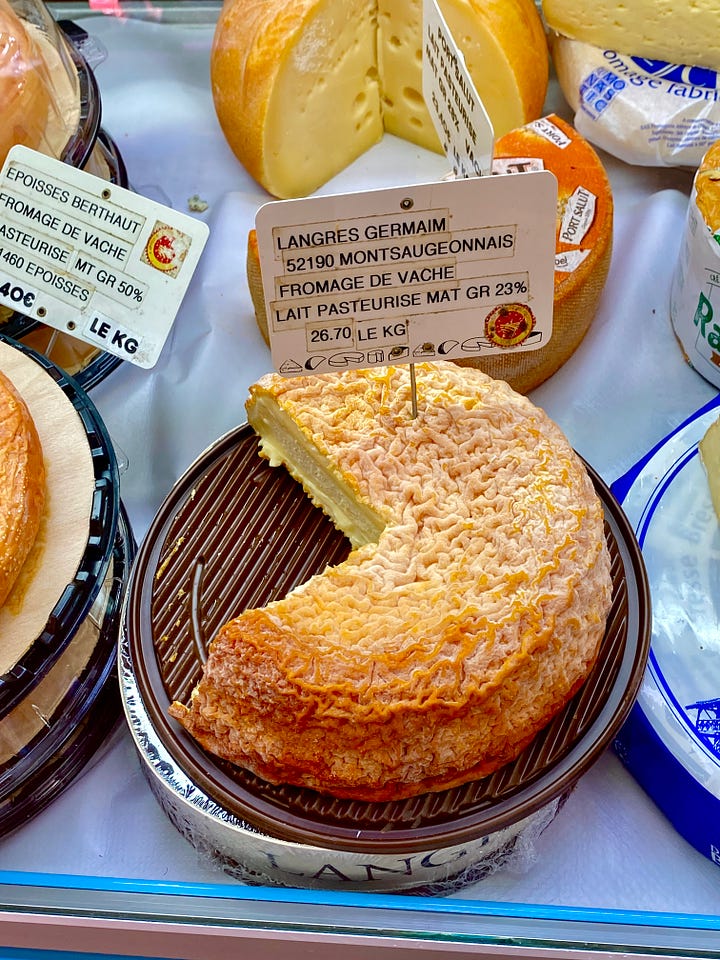

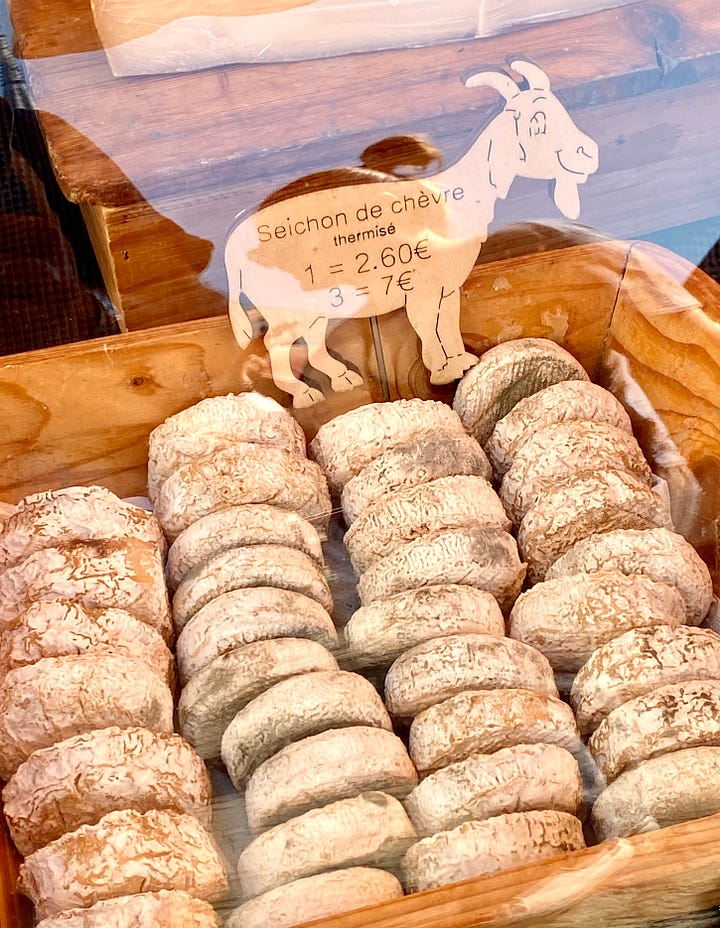

One Saturday morning, we hit the market in Beaune, where you can find local specialties like fresh and aged goat cheeses, cow’s milk cheeses like Époisses and Langres, which get their distinctive orange color from being brushed with locally made eau-de-vie while ripening, violet-colored garlic, and pâté en croûte. I didn’t catch the guy’s name who makes the pâté en croûte he sells at the market, but his are the best I’ve ever had.
France is heating up, with frequent heatwaves with temperatures hitting 38ºC/100ºF (and AC is a rarity, although more people are installing it), and I searched for a gîte with a pool. Mat’s wife, Amélie, pointed me in the direction of Domaine Thierry Violot-Guillemard, which was the perfect place to stay, with a great location in the middle of Pommard. It’s run by a friendly wine-making family and has an inviting pool with a lovely breakfast served every morning outdoors, next to the grapevines.
Since it was especially hot, I put in a request for Gin & Tonics, and Mat came through with his excellent Sab’s Gin, along with bottles of Hysope French tonic water. While France is now known for its excellent gins and tonic waters, it isn’t known for its abundance of ice cubes. But the owner of the gîte gave it her best shot by plugging in her new ice cube machine, which spit out one tiny cube — each about the size of a suppository — every 8 to 12 minutes. We managed to get enough for a round of drinks for all, and toasted summer by the pool.
Later in the summer, we headed to another part of Burgundy: Saint-Florentin and Chablis. We love the market in Saint-Florentin and the one in Chablis. But the one in Saint-Florentin has a modest covered market with a few favorite stands that we visit every time we’re there.
While the people I always buy rillettes from were off on their summer break, as well as the woman who sells locally made Soumaintrain cheese, we’d arrived at the end of the market that day and the producteur (farmer) sold me an entire case of homegrown tomatoes, as well as a case of fresh apricots, at prices that were too attractive to turn down. We bought a few other things, and the total bill was only €15.
One problem we’ve had, having a station wagon, is that it’s all too easy to buy things at flea markets when we travel. But the upside is that I could lug all that fruit home.
Even though I only had a few days between our trip to Burgundy and another road trip to Brittany, I spent a few busy days roasting tomatoes to freeze, making tomato sauce and gazpacho (from the recipe in my book My Paris Kitchen, which Romain said was “incroyable”) and over a dozen jars of apricot jam, which I hope will last us through the winter. Although, I’ve been paying my bon marché (good deal) on apricots forward and giving friends jars of jam.
We also stopped at a yard sale that looked like it had a lot of plastic toys and other stuff that I’m not interested in. But Romain insisted, and as we wandered through the junk, I noticed two Wily Guhl pedestal planters. When I asked how much they were, they said €6 each.
They usually sell for hundreds of euros, and the sellers wanted us to come back in October to pick them up, saying they were full of dirt and needed to be cleaned up. I (strongly) insisted it wasn’t a problem, paid them, and loaded them into the car as quickly as I could, with a few other concrete planters for our yard we paid a little more for, which was our workout for the day.
Romain took the lead and grilled dinner our final night in the region for our friends and some neighbors — pretty well, I might add. He even managed to make the cryo-vac’d corn on the cob sold in France (which is soggy and kinda gross) taste decent. It wasn’t New England corn, but we had French butter to slather on it, along with plenty of Chablis to wash it all down.
While on road trips, Romain and I like to stop at roadside restaurants, called routiers, where truck drivers eat. When local friends suggested meeting at Café de La Gare (above) for a très typique lunch before hitting the road, we happily agreed. I had œufs mayo, pork tenderloin, and crême brûlée, along with rosé…all for under €20 ($22) per person, including wine.
Vive la France…!
Next up: Part 2, Brittany and the Languedoc
This post is for all subscribers. Thanks for subscribing!





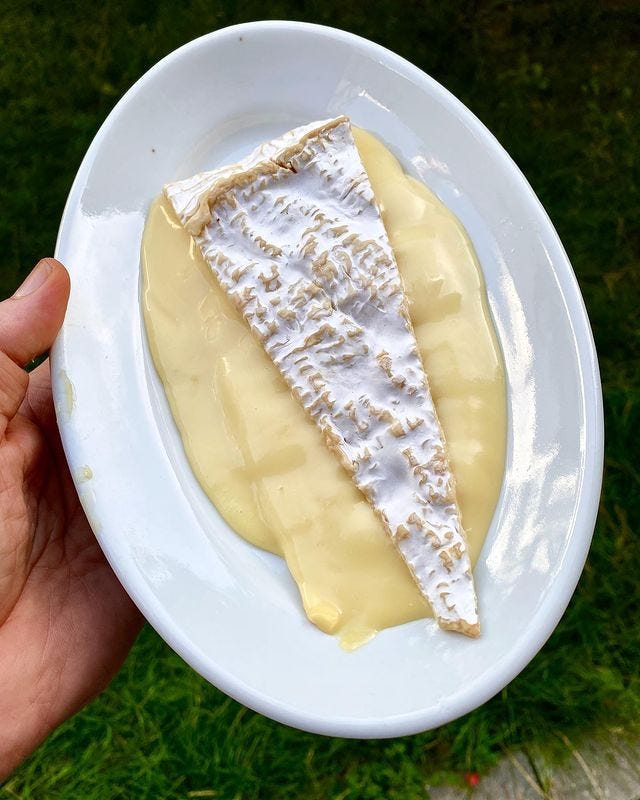
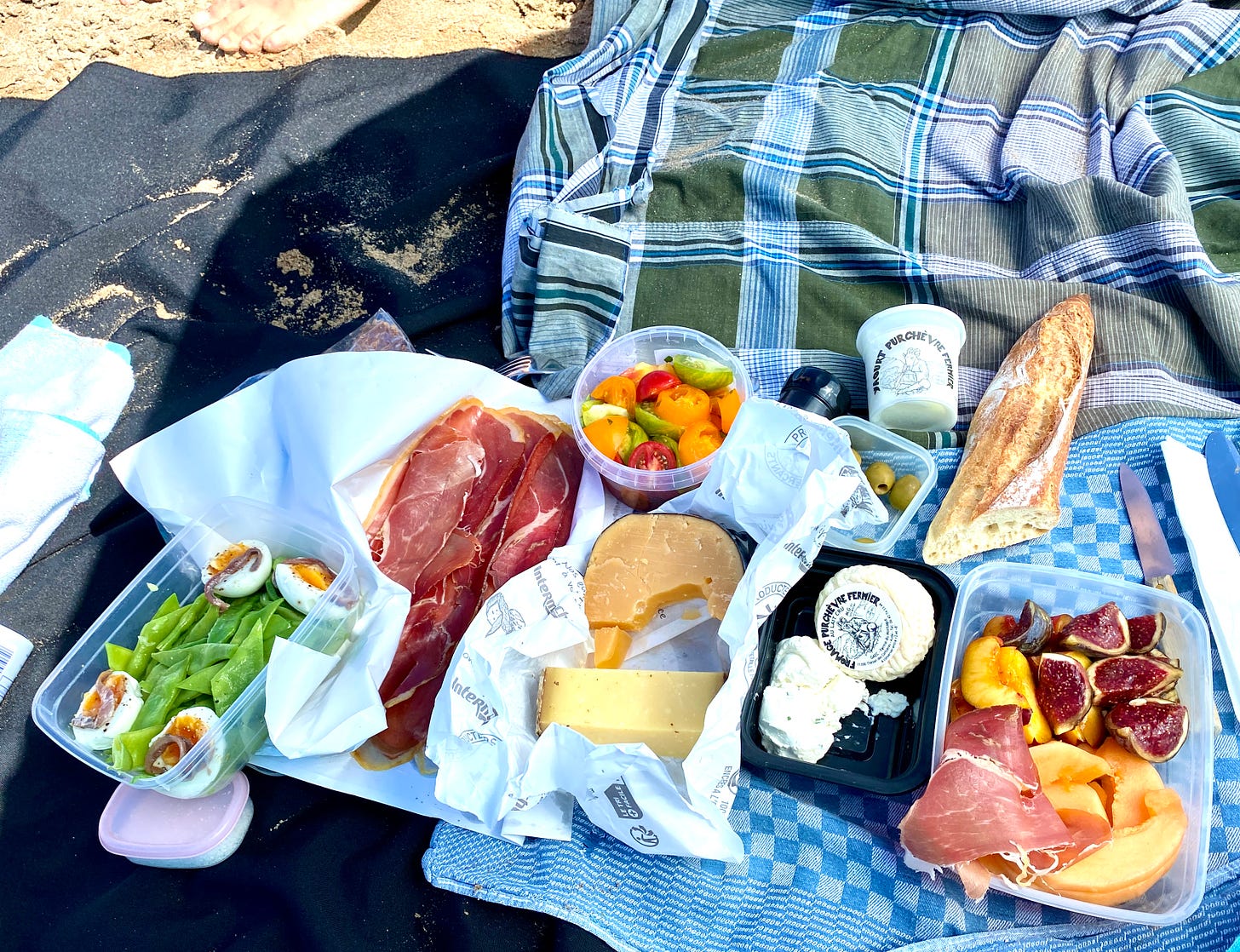


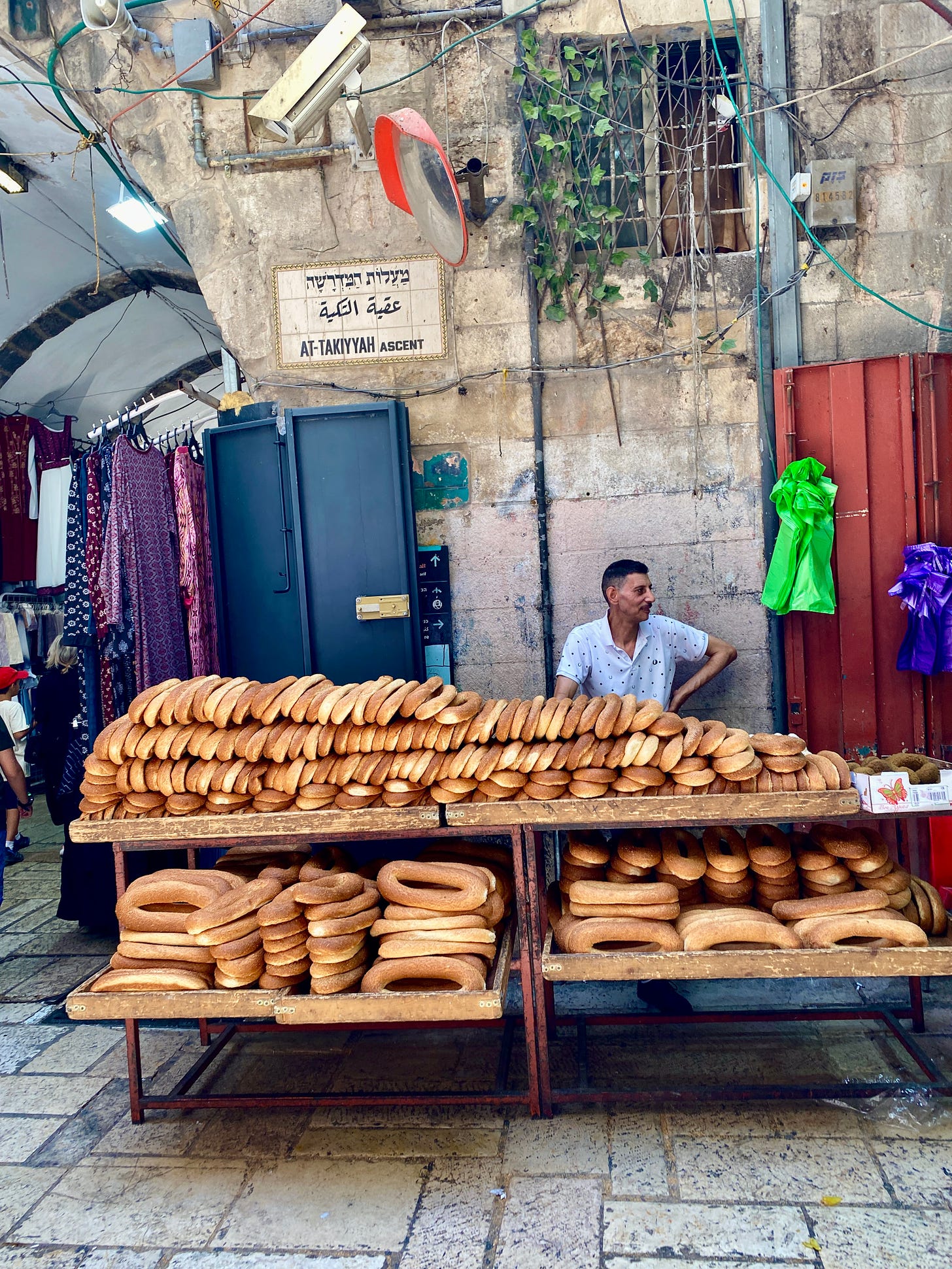
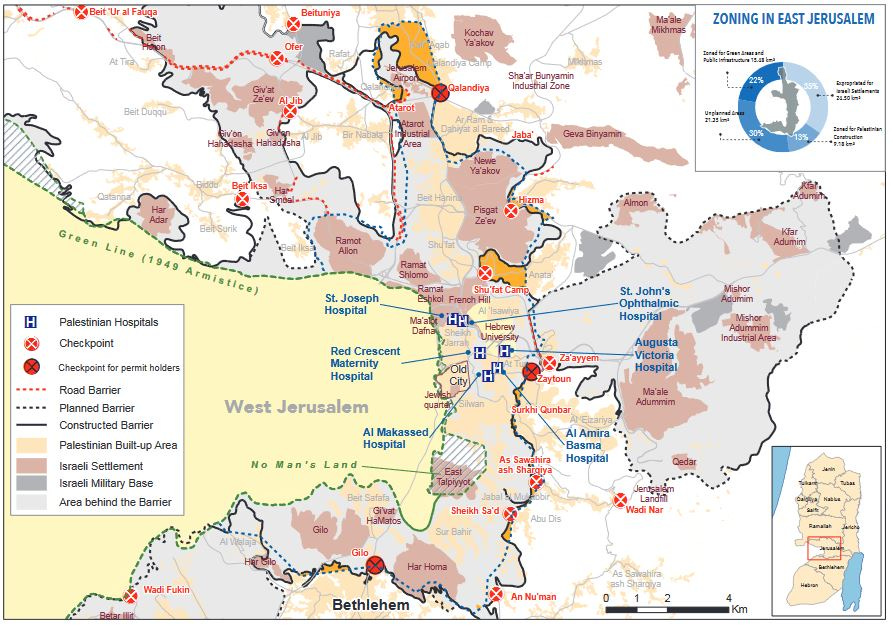
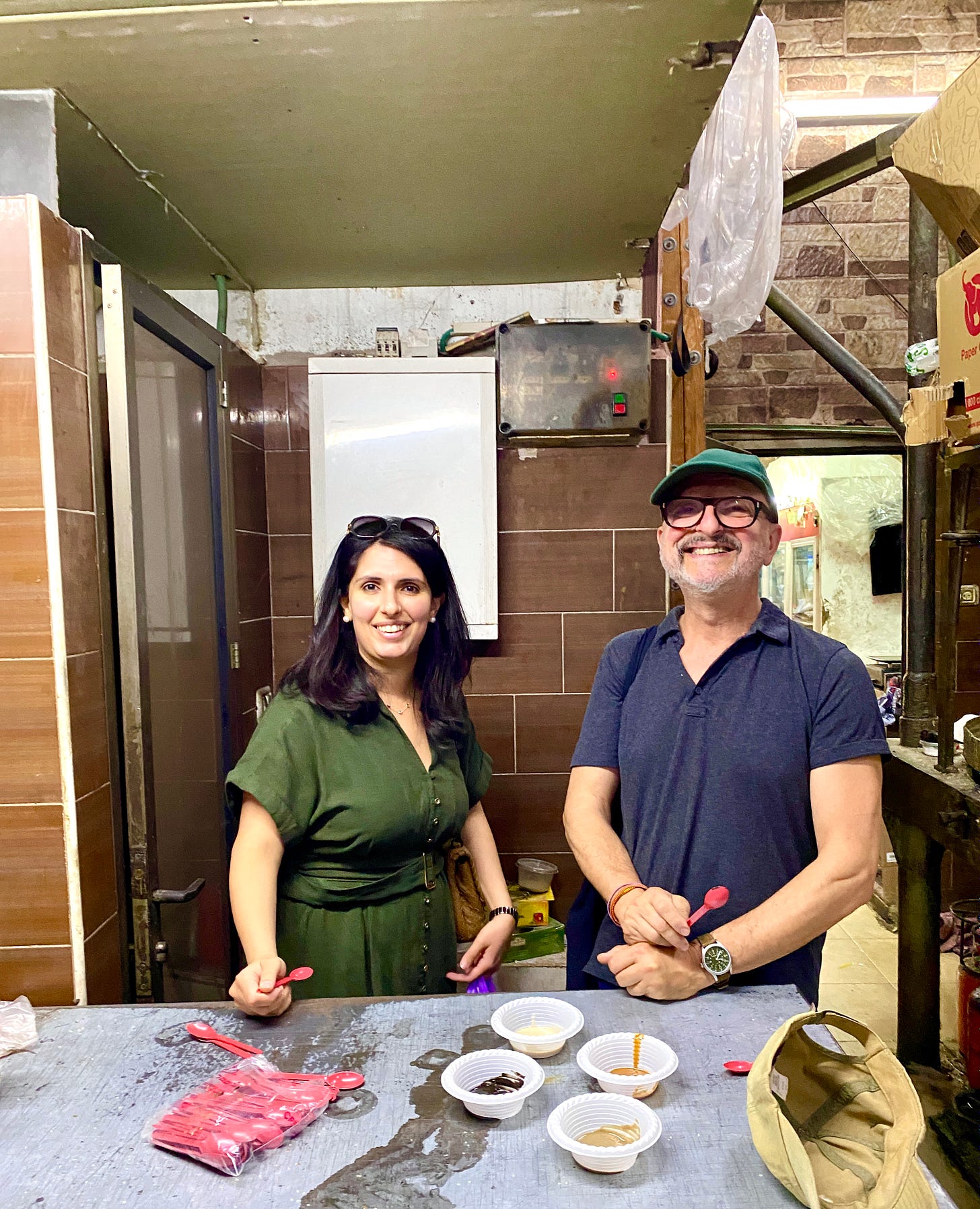
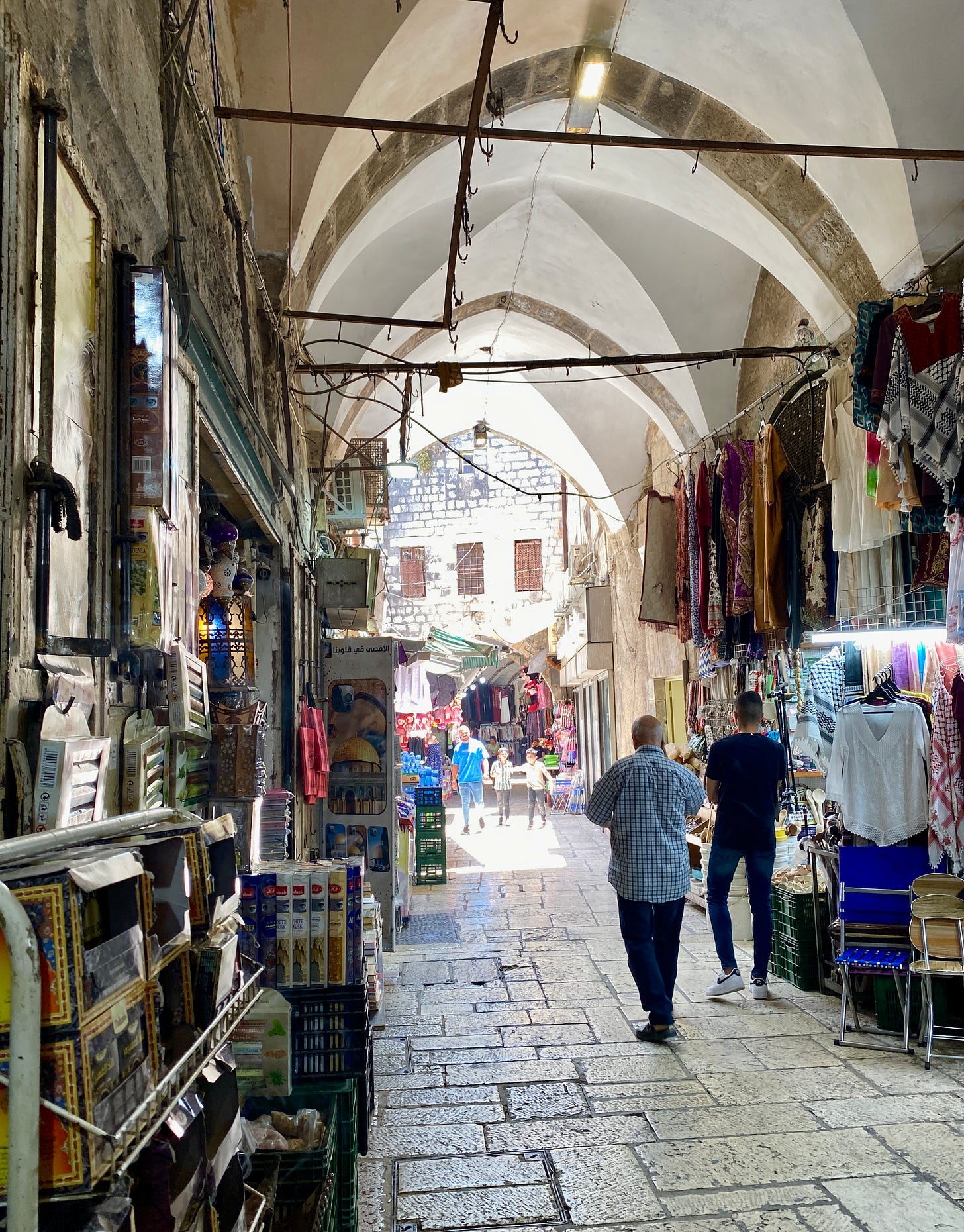
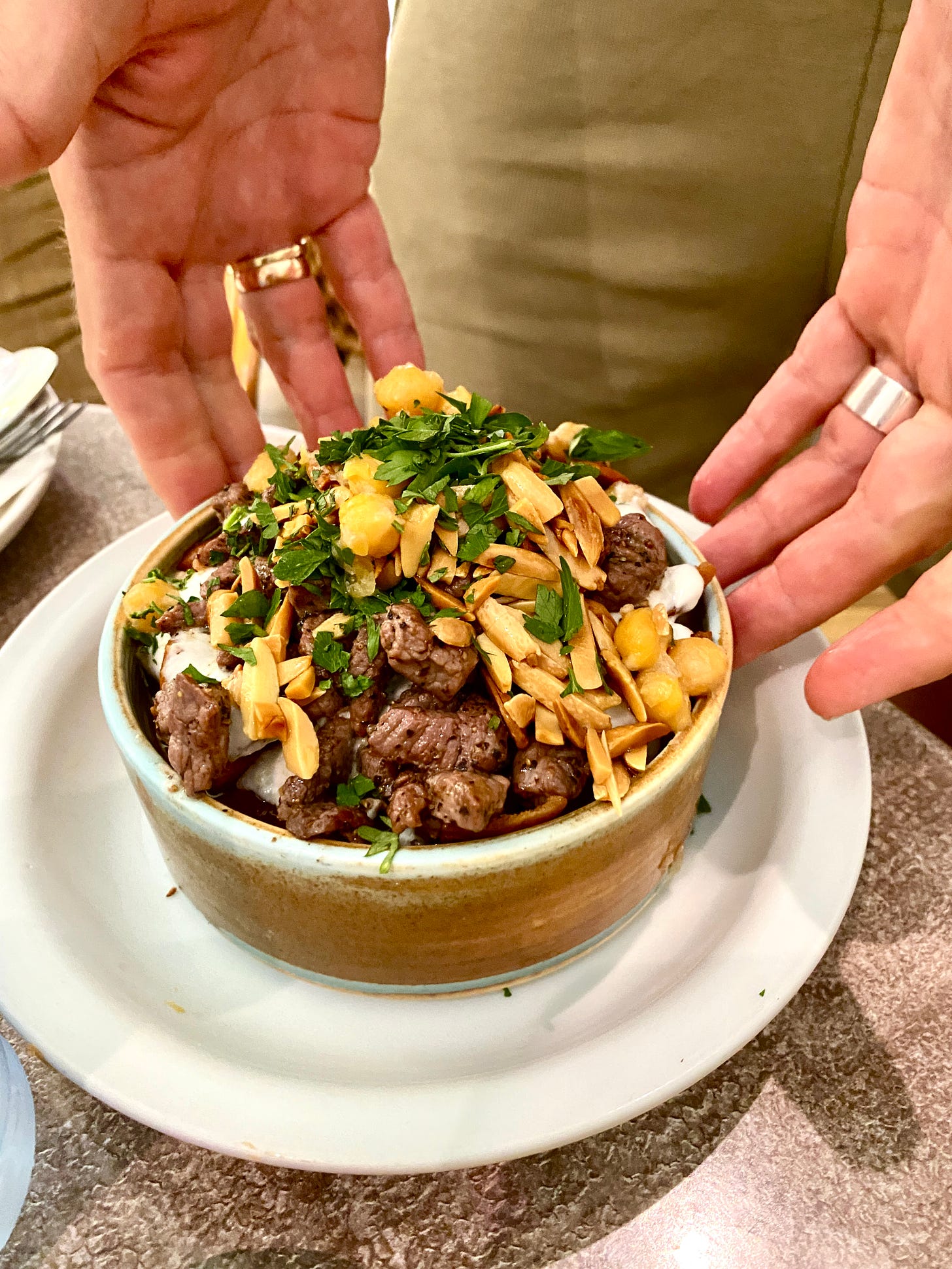
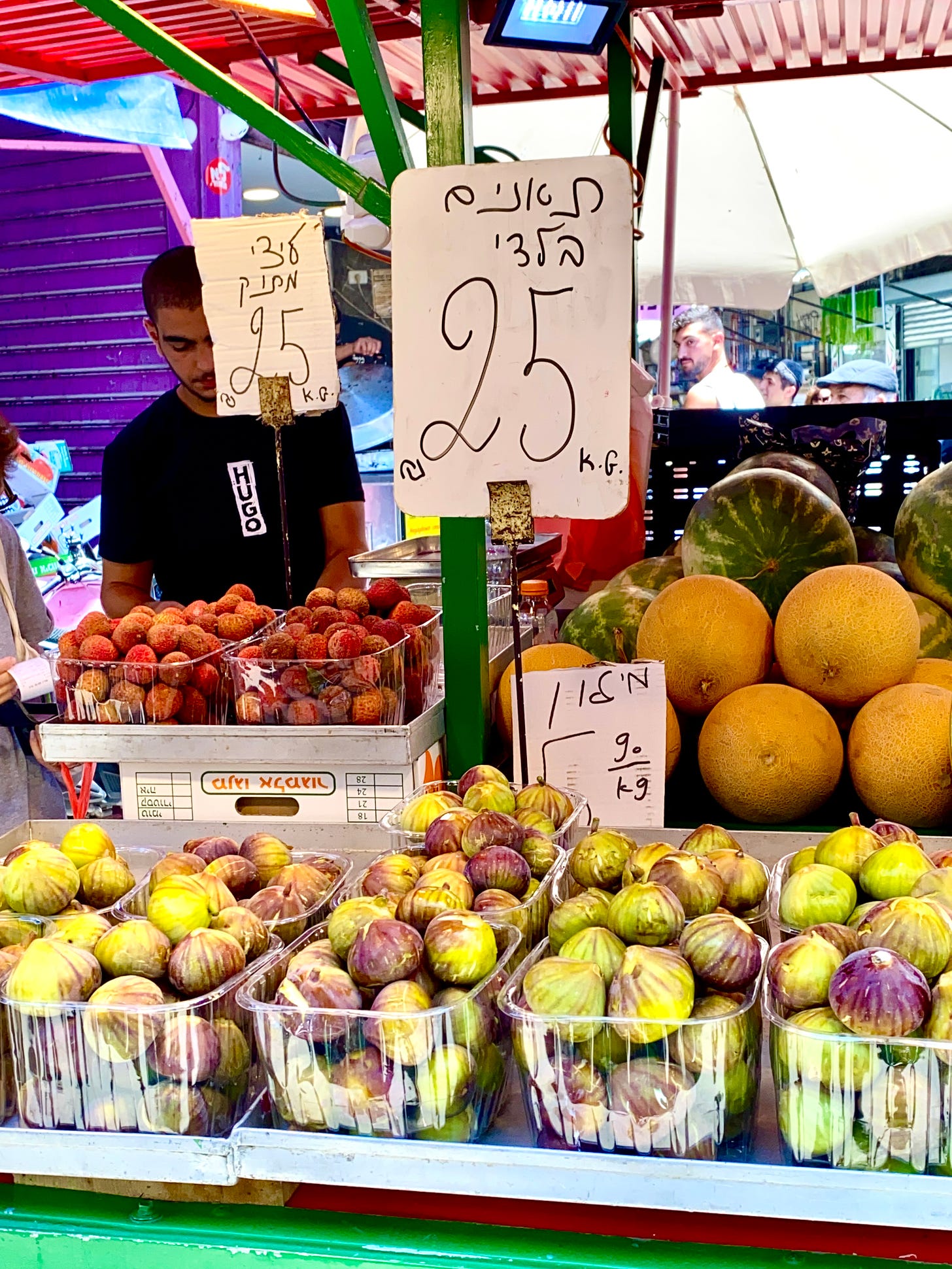
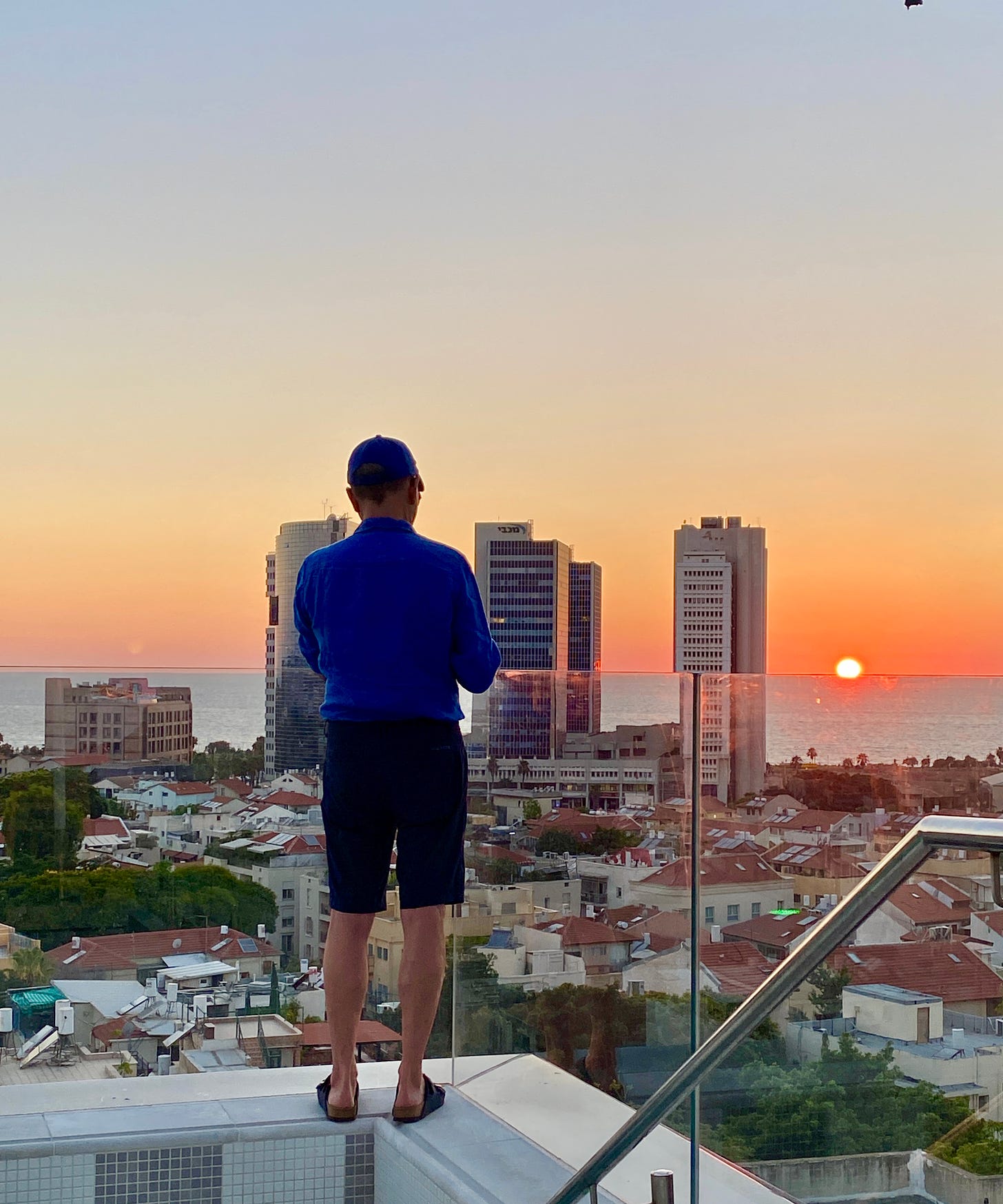

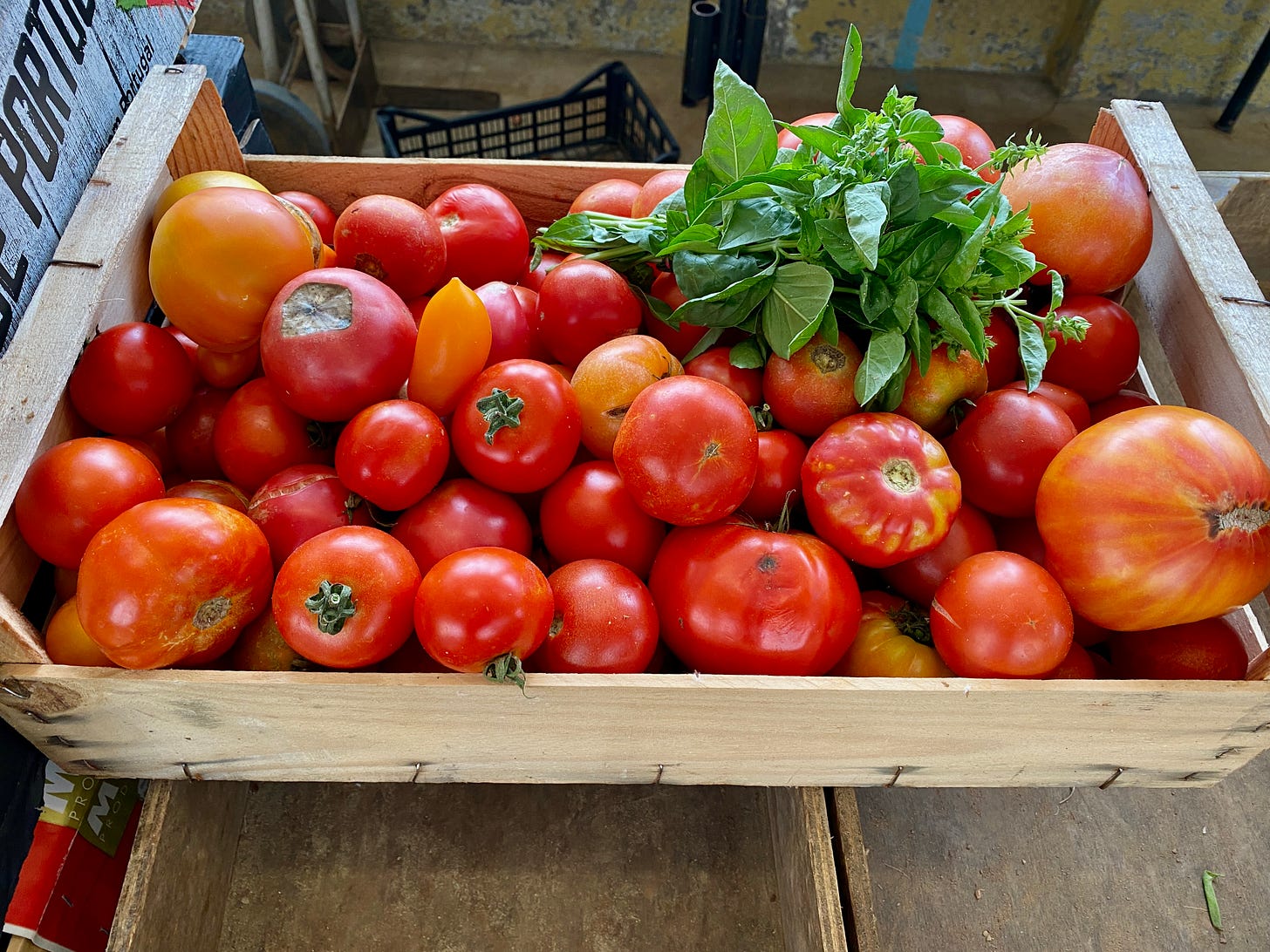
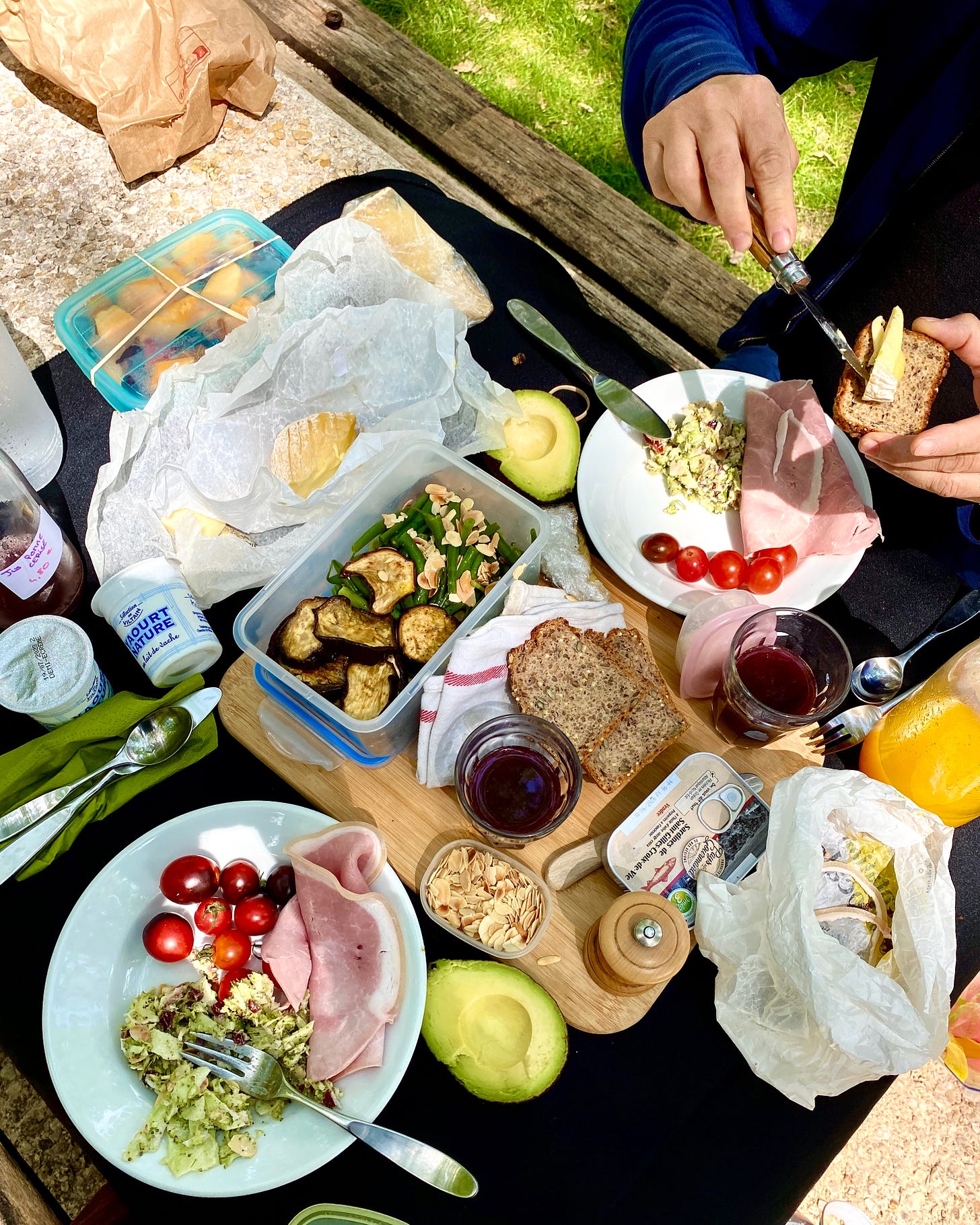
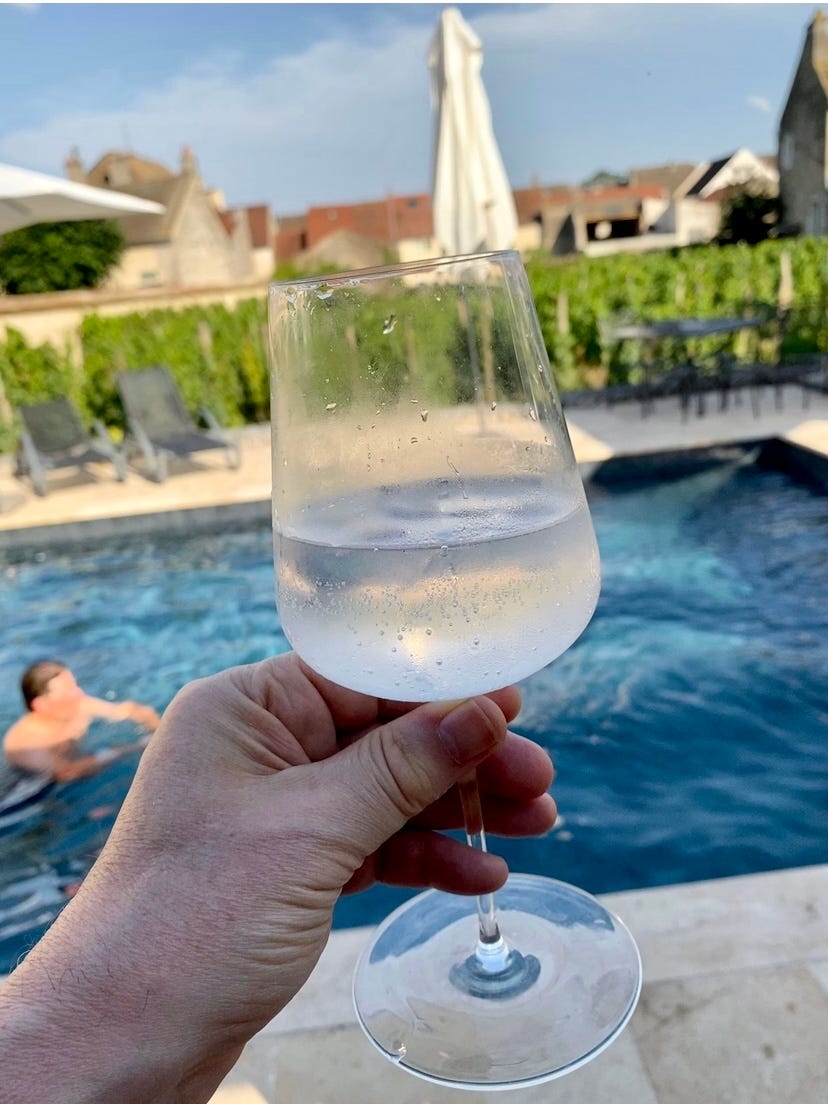

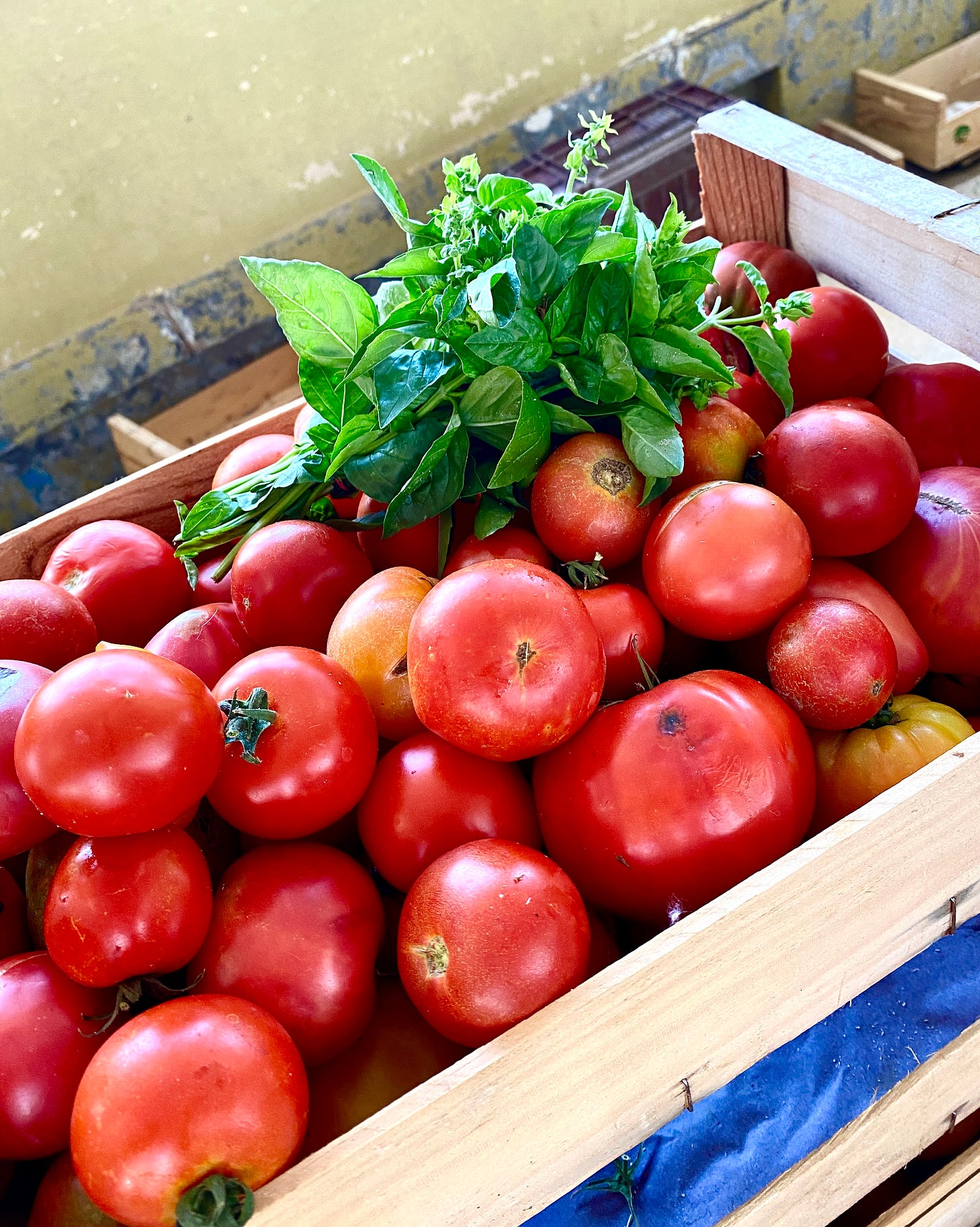
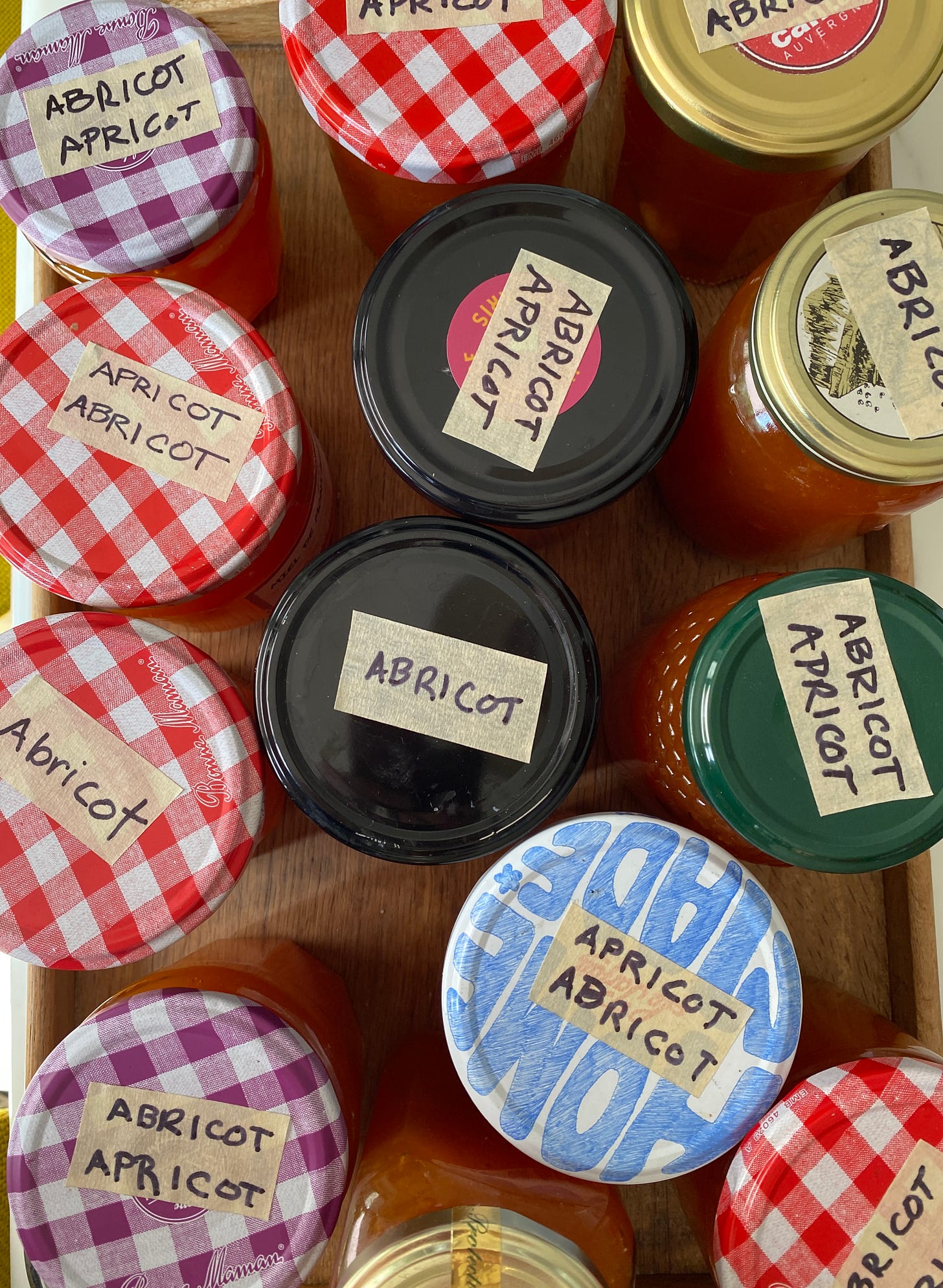

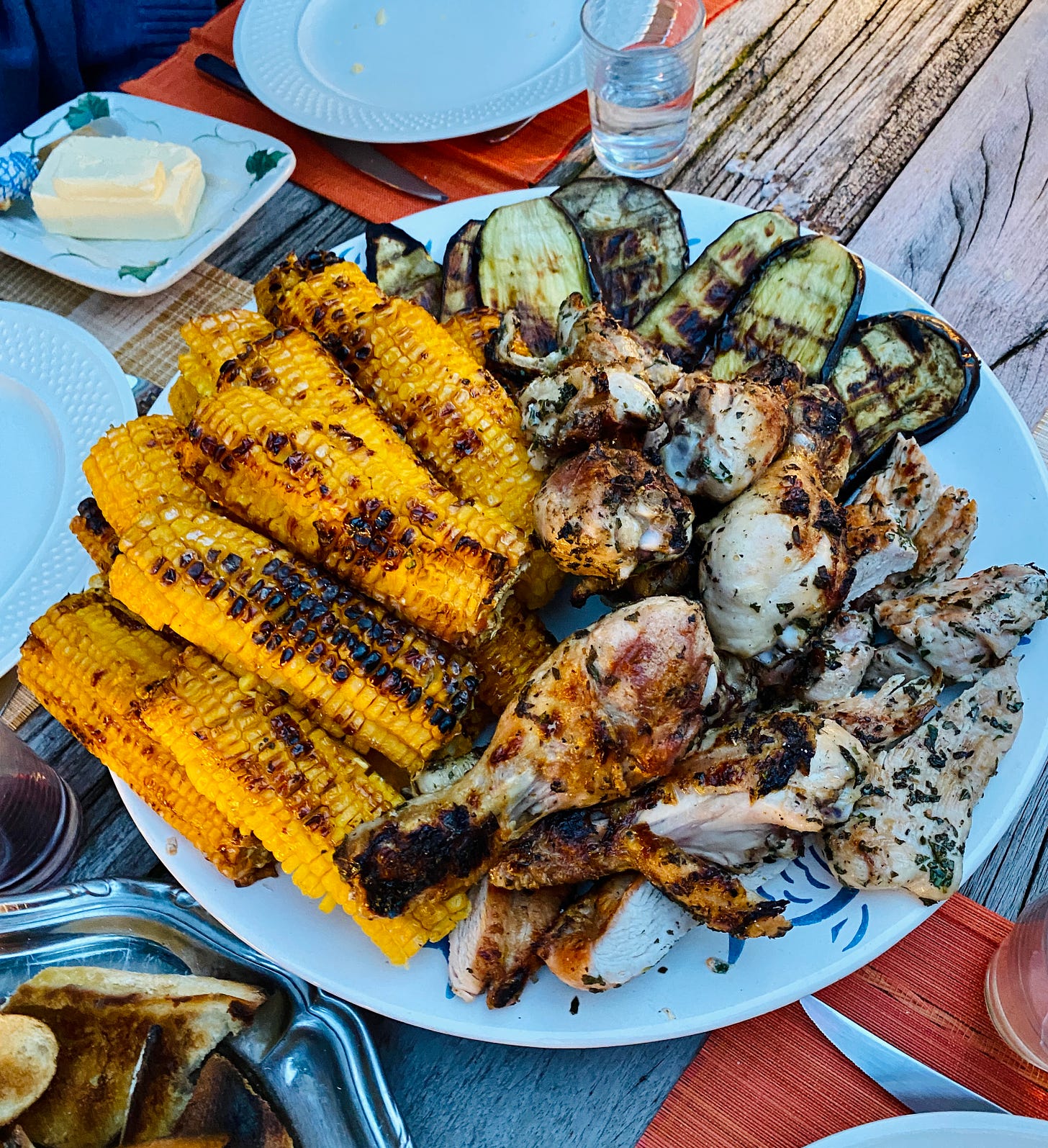
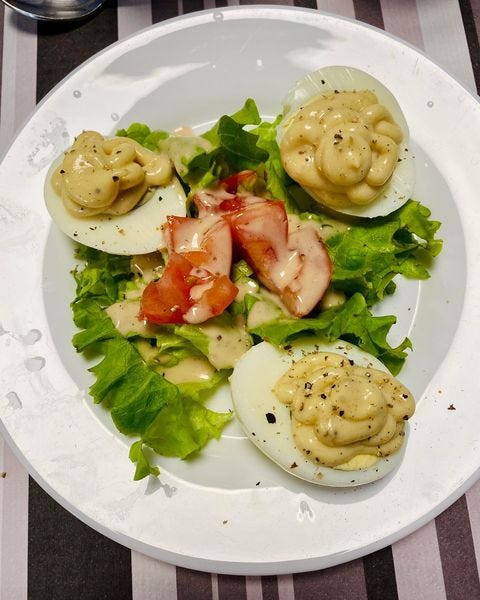
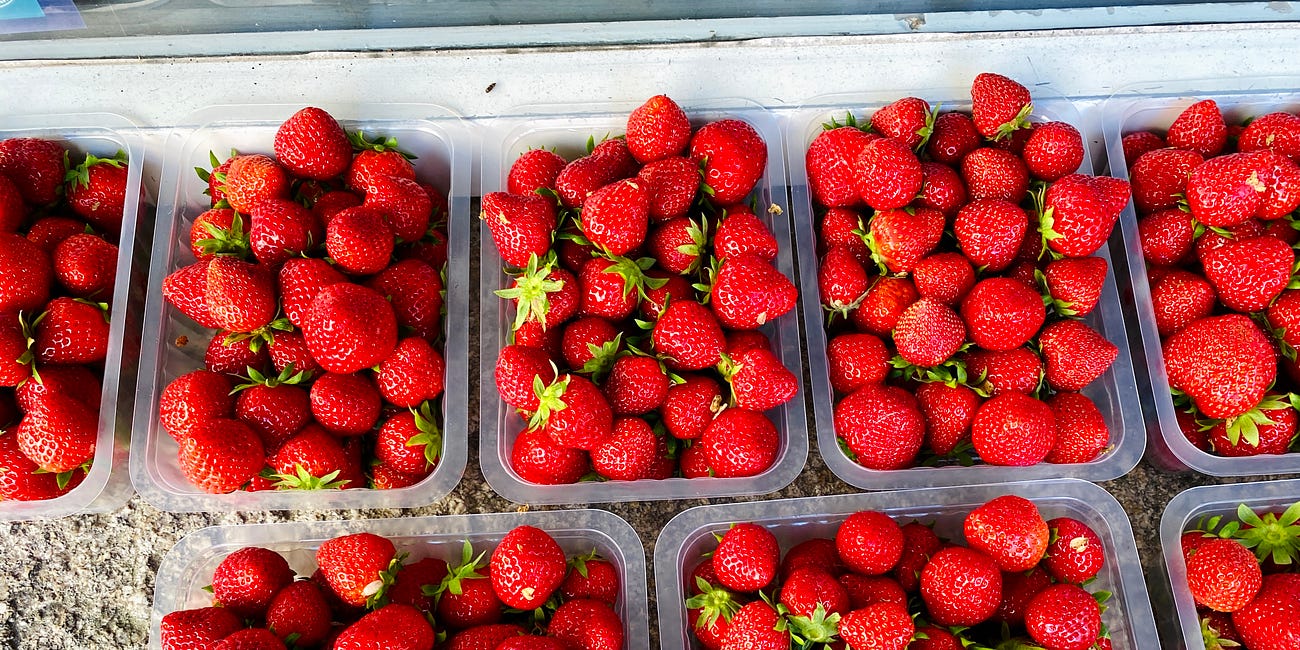

Such great photos of your vacation! Thanks for sharing with us. The food (and everything) looks amazing 😍
Fantastic newsletter thank you what fun Bon vie!